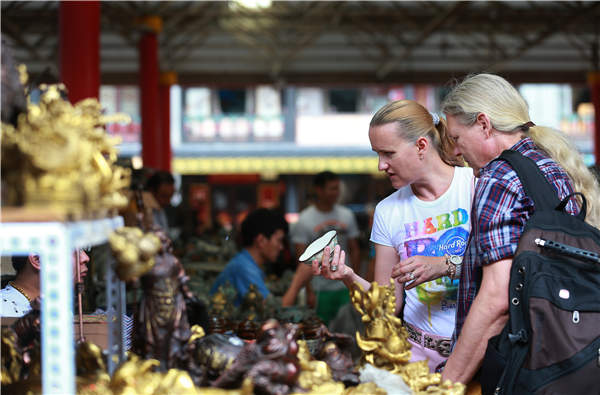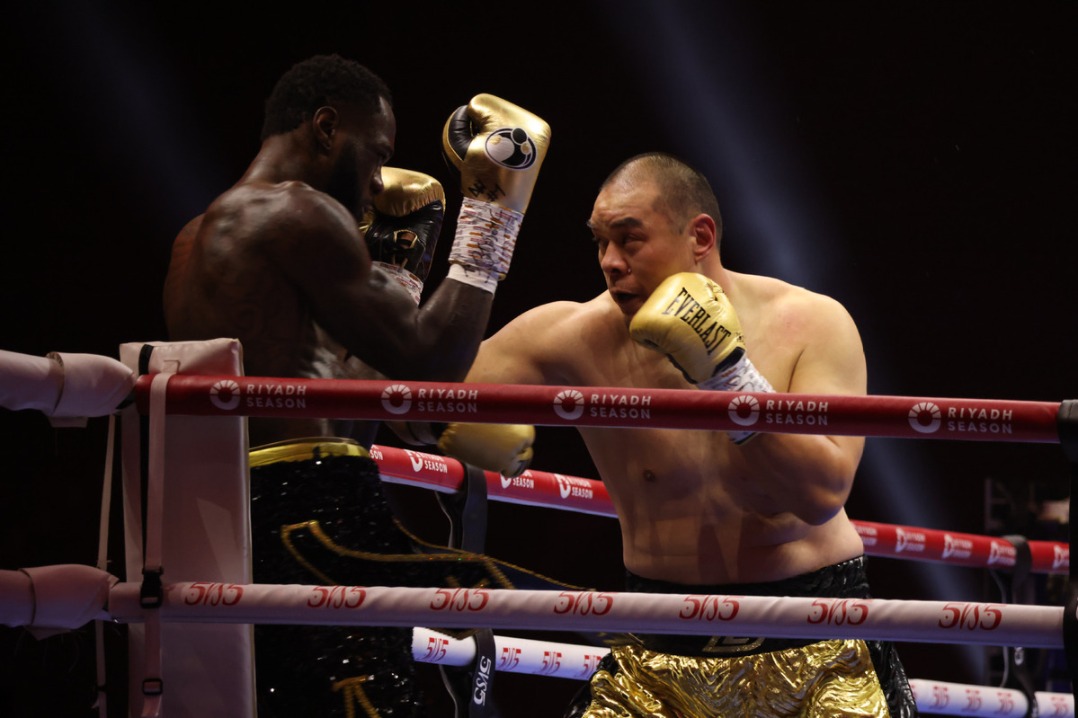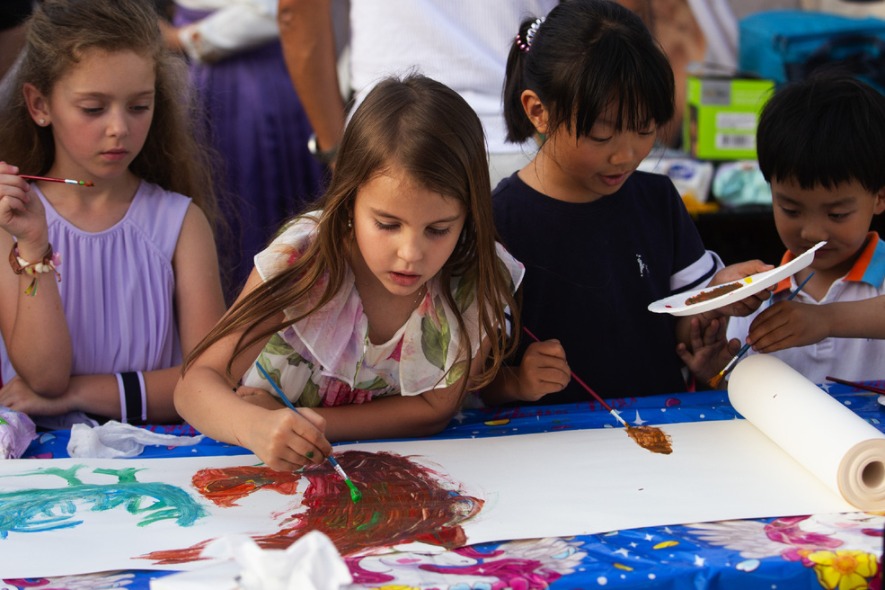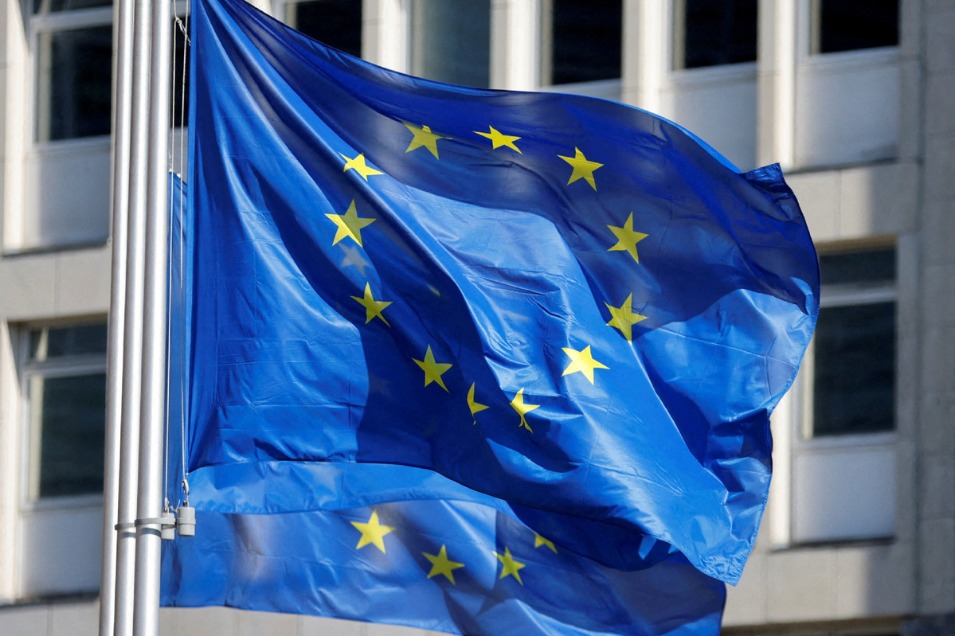Oversight on cultural relics trade tightened
By YANG ZEKUN | chinadaily.com.cn | Updated: 2023-10-30 20:00

China's authorities have tightened oversight on auction houses, antique markets, short-video platforms and second-hand online trading sites to tackle the black market trade of cultural relics.
They aim to raise the bar for legal entry for the trade of antiques and art, improving the scrutiny of sources and focusing on eliminating irregularities in related sectors, Luo Qingdong, deputy head of the first procuratorial office of the Supreme People's Procuratorate, said at a news conference on Monday in Beijing.
From January 2021 to September, procuratorates nationwide approved the arrest of 3,192 people and prosecuted 5,020 people over obstructing the management of cultural relics, said Luo.
Such crimes are well-organized, and include illegal excavation and theft, selling and smuggling. The cultural relics are traded frequently, making evidence collection difficult, he said.
"While working on such cases, prosecutors need to guide investigative agencies to apprehend suspects and simultaneously trace the whereabouts of the stolen cultural relics, and promote their repatriation," he said.
Luo said procuratorial authorities also push for leniency when suspects plead guilty, encouraging them to confess and return stolen cultural relics.
Public interest litigation has also been also used to tackle cases that damaged public interests, and to close loopholes in cultural relics management, he said.
From January last year to September, procuratorial organs across the country handled 11,402 public interest litigation cases in the field of cultural relics and cultural heritage protection, according to the SPP.
To enhance the joint working mechanisms for combating and preventing cultural relics crimes, seven central departments including the SPP and the National Cultural Heritage Administration have issued the "Special Work Plan for Combating and Preventing Cultural Relics Crimes (2023-2025)".
Chen Peijun, head of the supervision and inspection division of the NCHA, said that China's laws and regulations for cultural relics protection continue to improve, and that apart from regulations issued by the central government, more than 200 local regulations on cultural relics protection have been enacted.
The NCHA has ensured that all 31 provincial-level governments incorporate cultural relics safety into their annual government performance assessments, he said.
With an annual investment of 1.2 billion yuan ($164.2 million) from the central government, about 400 projects related to cultural relic protection are carried out on average each year at major historical and cultural sites protected at the national level, Chen said. These projects equip high-risk ancient cultural sites, tombs, grotto temples and stone inscriptions with alarms, video surveillance, electronic patrols, and other security systems and facilities.
According to the NCHA, China has 57 World Heritage Sites, and over 760,000 immovable cultural relics, including 5,058 major historical and cultural sites protected at the national level. The number of registered museums across the country has reached 6,565, and State-owned movable cultural relics amount to 108 million pieces.






















